Raymie Nightingale
Raymie Nightingale
Written by Kate DiCamillo
Published by Candlewick Press, 2016
ISBN 978-0-7636-8117-3
Grades 4-8
Book Review
“The world went on. People left and people died and people went to memorial services and put orange blocks of cheese into their purses. People confessed to you that they were hungry all the time. And then you got up in the morning and pretended that none of it had happened.” Over the course of one week during the summer of 1975, Raymie Clarke, the ten-year-old protagonist of the almost eponymous novel, bereft over her father’s absence, ponders big ideas and big questions. In a novel about comings and goings, familial bonds and new friendships, loss and identity, DiCamillo takes readers all at once on a deep journey of the soul and a frenzied laugh-out loud romp. Raymie, Beverly, and Louisiana start out as strangers taking baton twirling lessons and end up the “Three Rancheros.” Two of the girls are intent on winning the Little Miss Florida Tire contest, while the other is determined to sabotage it. Each has experienced great loss: Raymie’s father has just left her mother, running off with a dental hygienist; Beverly’s father left long ago; Louisiana and her grandmother are determined to outrun social services and stay out of the county home. Intertexuality abounds. Light and dark imagery serves as a metaphor, allowing the reader to consider along with Raymie the impact of one moment, one person, one authentic good deed. Objects large and small – a jar of candy corn, particle of dust, stuffed moose head, empty bird cage – take on new meanings. Ripe for exploration of the soul, courage and bravery, and the bonds of friendship, literary devices and themes, and intertextuality, Raymie Nightingale is sure to foster deep thinking as a read aloud or whole class read, book club book, or independent selection. Readers will intuitively understand the big questions the Three Rancheros ask.”Have you ever in your life come to realize that everything, absolutely everything, depends on you?”
Teaching Ideas and Invitations
Reading Strategies: Questioning & Inference. Careful readers of this novel will realize that much is happening that the reader must infer. Support your students to probe deeply and “read between the lines” as events unfold. Have students keep track of their questions using sticky notes. If you are reading this book aloud, have students pose questions at the end of each chapter. Use the students’ questions to facilitate inference. Questions might include: Why is Beverly’s eye black and blue? Why was Ida Ness sleeping with her baton? Why do Louisiana and her grandmother “live” in a house with no furniture and keep the can opener in the car? Why does Raymie question if Louisiana’s parents were really the Flying Elefantes? You may be tempted to ask these questions to your students. Ideally, they will surface in your discussion. By exploring student-generated questions and carefully examining the clues in the text, students can begin to infer the deeper troubles that each character faces.
Leaving and Returning. Throughout the novel, characters are leaving. Some leave because they choose to, while others die. Even pets are lost. Who is trapped in this book? Who is yearning to be free? Who is searching for a place to stay? As you and your students make your way through the novel, keep track of the comings and goings of characters, human and animal. You might want to have the students keep track in the reading journals by drawing portraits of the various characters as they are introduced. Or you could have students create portraits in small groups on poster paper, and have them keep track of the characters leaving/returning via sticky notes.
ADVERTISEMENT
ADVERTISEMENT
Local Myths and Legends. Throughout the novel, we hear the tale of Clara Wingtip, who drowned in what is now known as Lake Clara during the Civil War. Ask your students if they know the origins of various places in your neighborhood, town, or city. Have students research place names by working closely with the reference librarian and your local library as well as local historians, amateur or professional. Have students take photographs of these places. In small groups, have students write the “back story” of the place name and publish a class book to keep in the local history section of your school or public library.
Motif of Light. In DiCamillo’s Newbery Award-winning The Tale of Desperaeux, light and dark play an important role with regard to mood, characterization, and theme. Light is a motif throughout Raymie Nightingale as well, within scenes that take place during the day as well as night, inside as well as out. Have your students read Desperauex and Raymie Nightingale in a Duet model. You can have all students read both books via read aloud or whole class read, or you can divide the students into book clubs and explore the books concurrently. This use of light may not be readily apparent to your readers. But by sharing your own response to a single scene in each novel in which light serves as a metaphor, you can open up the pathways for your students to seek out these moments and consider their meaning in each book as a whole.
Nursery Rhymes, Fairy Tales and Literary Allusions. Throughout the novel, the characters refer to nursery rhymes and fairy tales. From the very beginning, on page 3, Raymie reveals that she says the line, “Hey diddle diddle, the dish ran away with the spoon” each time she thinks of her father running away with the dental hygienist. Mrs. Sylvester reminds her of a character from a fairy tale, Martha at the Golden Glen looks like a fairy godmother, Ida Nee sleeps like a princess, and more. The motif of three recurs throughout the story: three girls, three baton (failed) baton lessons. Other literary works are referred or alluded to as well, such as “The Legend of Sleepy Hollow.” As you read the novel, have your students in small groups exploring picture book representations of fairy tales. What do they have in common? How are they different from one another? How do these stories connect with the themes of Raymie Nightingale? Why did Kate DiCamillo include these references? Students can present their findings to one another. Have them include a visual mapping out of the connections that they see. To find out about new and canonical picture book variants of fairy tales, use the Sur La Lune website as a resource.
Powerful Friendships. Friendship is one of the powerful themes within Raymie Nightingale. What do your students notice about the relationship between the three Rancheros? How does it develop? In what ways are the girls similar, despite their differences? What is likable about each character? How do they balance one another? What other literary friendships do they remind you of? Students might think initially of Harry, Ron, and Hermione in the Harry Potter series. Who else? Have your students read novels that focus on powerful friendships, such as Doll Bones, The View from Saturday, Wonder, Lizzie Bright and the Buckminster Boy, and The Year of the Dog. Invite them to reflect on their friendships in their own lives and consider having them respond in writing. Response options include: a memoir piece that features a special moment with a friend, a ‘how to’ manual for being a steady friend, or poems that celebrate friendship.
ADVERTISEMENT
ADVERTISEMENT
Exploring Hunger and Homelessness. Readers in your class may infer that Louisiana and her grandmother are hungry and homeless at different points in the novel. Louisiana admits that they steal cans of tuna, and Raymie sees them stealing food from Mrs. Borkowski’s memorial service. Have students explore Raymie Nightingale in a Duet model with Crenshaw, by Katherine Applegate. The novels are set forty-years apart from one another. What about hunger and homelessness is the same? What is different? There are other comparisons and contrasts to be made. In each book, the protagonist makes his/her reading preferences clear. In Crenshaw, Jackson prefers nonfiction because it is true and real, whereas Raymie prefers “stories.” For specific teaching ideas to further investigate hunger and homelessness with your students using these two books, please explore our Classroom Bookshelf entry on Crenshaw.
Dust. On page 151, Raymie thinks, “What if every piece of dust was a planet, and what if every planet was full of people, and what if all the people on all the planets had souls and were just like Raymie — trying to flex their toes and make sense out of things and not really succeeding very much?” What is dust? Do your students know what it is made of? Mull over this quote with your students. Next, read April Pulley Sayre’s Stars Beneath your Bed: The Surprising Story of Dust. As they learn fascinating facts about dust, have them write their own poetry or quotes about what dust makes them think about. What life lessons or questions can they consider using dust as their starting point?
Grades 6 – 8
Talent Shows, Contents, and Beauty Pageants? Is the Little Miss Central Florida Tire contest a talent contest, a beauty pageant, or a combination of both? The book reveals very little, other than the fact that the contestants must perform a talent and do a good deed. What do your students think of the competition? What about pageants and competitions today? Are they thinly veiled beauty pageants? Are they popular where you live? Are they positive or negative? Are they more of less popular than in the past? Do boys and men have such competitions locally? Nationally? How do they compare to other competitions, like dance, scouting, or sports events that your students may participate in more regularly? Have your students explore the topic further and write persuasive pieces on why they think competitions are positive or negative experiences for young people. Older students might want to examine beauty pageants more specifically with an exploration of gender identity in today’s culture.
Historical Fiction and the 1970s. Because it is set in the past, Raymie Nighingale is technically historical fiction. But because the plot does not center on political or social events exclusive to that time period, it may be hard for readers to pick up on this. As you read the book, ask your students to keep track of what they noticed “felt different” about the setting of the book and their world today. During your reading, or after, allow your students to explore Jim Corrigan’s The 1970s in Photos: Protest and Change, along with digital resources listed below. What do your students notice about the 1970s? How may these events and ideas influenced Raymie’s world, as created by Kate DiCamillo? As a follow-up, explore some other historical novels set in the 1970s in book club groups, such as: To Come and Go Like Magic, Kyle’s Island, Inside Out and Back Again, The Wild Girls and the historical fantasy When You Reach Me. What else do they learn about this decade? Should your students really get fascinated, you could have them read books published in the 1970s, such as works by Judy Blume, Lois Lowry, Walter Dean Myers, E.L. Konigsburg, and Beverly Cleary. What is different about their writing style and voice? What details about every day life are different in the historical novels versus the books written in the 1970s? Students may conclude by writing their own fiction set in the 1970s.
Further Explorations
Online Resources
Kate DiCamillo’s Official Website
http://www.katedicamillo.com/
Raymie Nightingale Trailer
https://www.youtube.com/watch?v=OLk5R2P5nSU
Kate DiCamillo on NPR, April 18, 2016
http://www.npr.org/2016/04/18/474416269/it-takes-a-lot-of-bravery-to-be-kind-says-kids-author-kate-dicamillo
Kate DiCamillo, Library of Congress Ambassador of Children’s Literature Emeritus
http://www.read.gov/cfb/ambassador/emeritus.html
Reading Rockets Interview with DiCamillo
http://www.readingrockets.org/books/interviews/dicamillo
Kate DiCamillo on PBS News Hour
https://www.youtube.com/watch?v=dV-_mrUkh5Q
Kate DiCamillo on Mr. Schu Reads Blog
http://mrschureads.blogspot.com/2016/02/raymie-nightingale-by-kate-dicamillo.html
Top News Stories from 1975
http://www.infoplease.com/year/1975.html
Facts About 1975 from Microsoft
https://news.microsoft.com/2000/09/05/fun-facts-from-1975/#sm.0000vrgd3ybxvf3710xm8eb80rmbo
Teaching US History: 1970s Discussion and Culture
http://www.teachingushistory.co/2011/11/1970s-discussion-and-culture.html
Sur La Lune Fairy Tale Website
http://surlalunefairytales.com/
Florence Nightingale Museum, London
http://www.florence-nightingale.co.uk/
Florence Nightingale, UK National Archives
http://www.nationalarchives.gov.uk/education/resources/florence-nightingale/
Books
For Kate DiCamillo’s Books, please see her website above.
Classroom Bookshelf Entry on Flora & Ulysses
http://classroombookshelf.blogspot.com/2014/02/2014-newbery-award-winner-flora-ulysses.html
Applegate, K. (2015). Crenshaw. New York: Feiwal and Friends.
Black, H. (2013). Doll bones. New York: Margaret McElderry Books.
Derby, S. (2014). Kyle’s island. Watertown, MA: Charlesbridge.
Faucett, K.P. (2010). To come and go like magic. New York: Knopf.
Konigsburg, E.L. (1996). The view from Saturday. New York: Atheneum.
Lai, T. (2011). Inside out and back again. New York: Harper.
Lin, G. (2007). The year of the dog. New York: Little, Brown.
Murphy, P. (2007). The wild girls. New York: Viking.
Palacio, R. (2012). Wonder. New York: Knopf.
Sayre, A.P. (2005). Stars beneath your bed: The surprising story of dust. Ill. by A. Jonas. New York: Greenwillow.
Schmidt, G. (2004). Lizzie Bright and the Buckminster boy. New York: Clarion.
Stead, R. (2009). When you reach me. New York: Wendy Lamb Books.
Filed under: Fiction, Historical Fiction
About Mary Ann Cappiello
Mary Ann is a professor of language and literacy at Lesley University. A former public school language arts and humanities teacher, she is a passionate advocate for and commentator on children’s books. Mary Ann is the co-author of Teaching with Text Sets (2013) and Teaching to Complexity (2015) and Text Sets in Action: Pathways Through Content Area Literacy (Stenhouse, 2021). She has been a guest on public radio and a consultant to public television. From 2015-2018, Mary Ann was a member of the National Council of Teachers of English's Orbis Pictus Award for Outstanding Nonfiction (K-8) Committee, serving two years as chair.
ADVERTISEMENT
ADVERTISEMENT
SLJ Blog Network
One Star Review, Guess Who? (#211)
Cover Reveal and Q&A: Dusti Bowling’s Latest – The Beat I Drum (Apr 2025)
Girlmode | Review
The Seven Bills That Will Safeguard the Future of School Librarianship
Take Five: Newbery Picks, Part Two
Gayle Forman Visits The Yarn!
ADVERTISEMENT




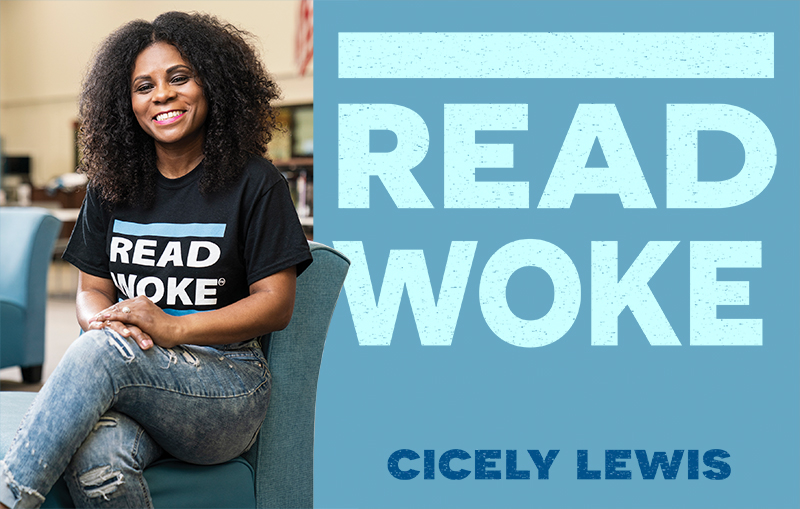
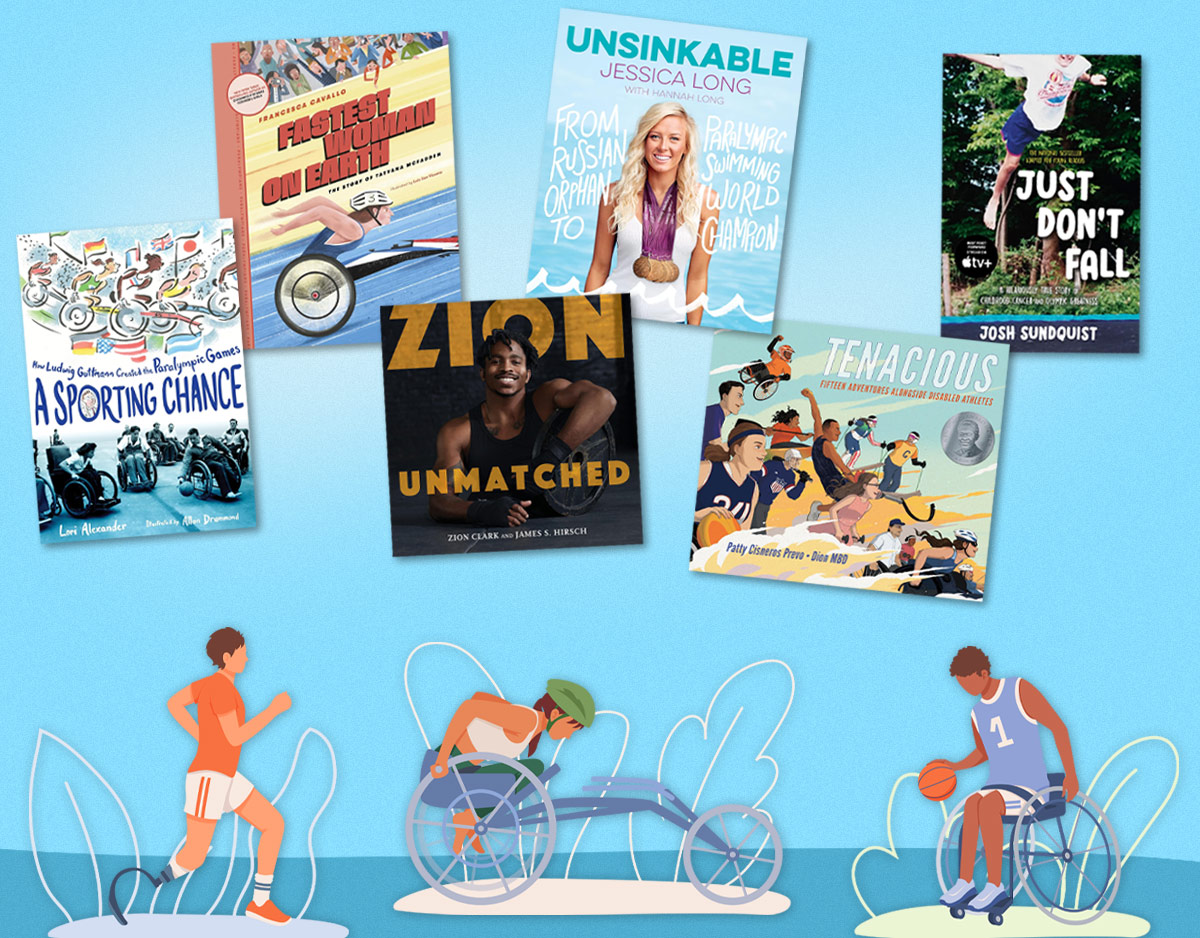
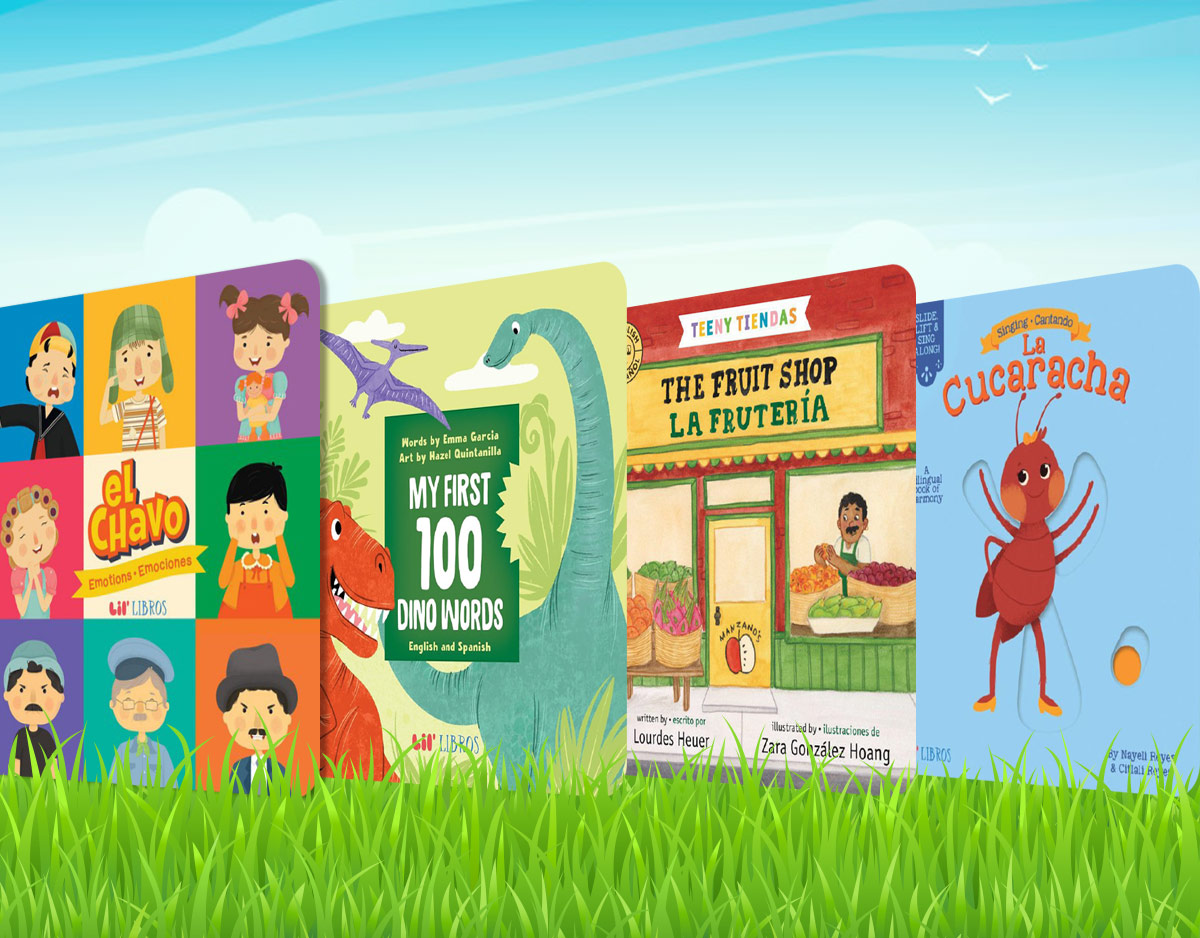
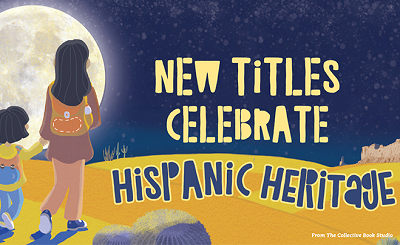
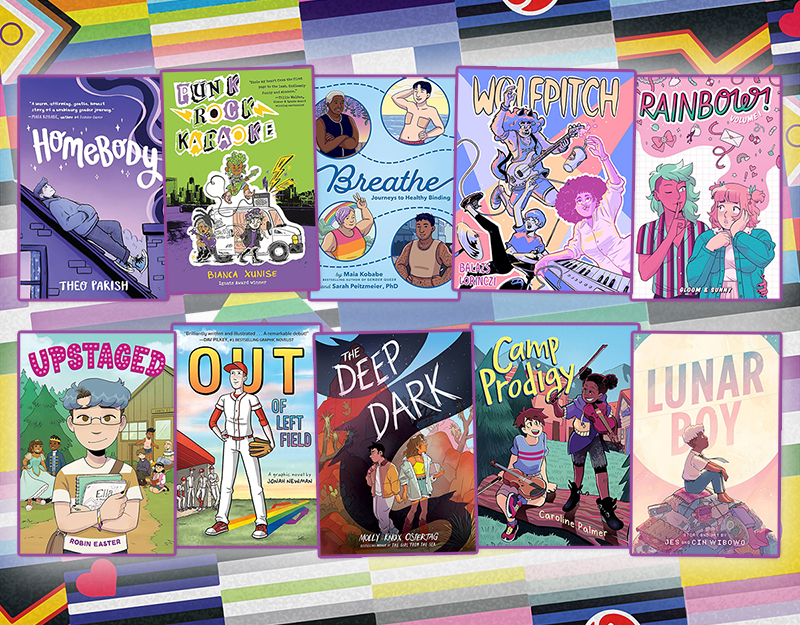
I'll be picking this up from the library this week! Excited to read it.
Just got notice that my copy is in at the library! Looking forward to diving in!
I love your reviews–they're so comprehensive and helpful.